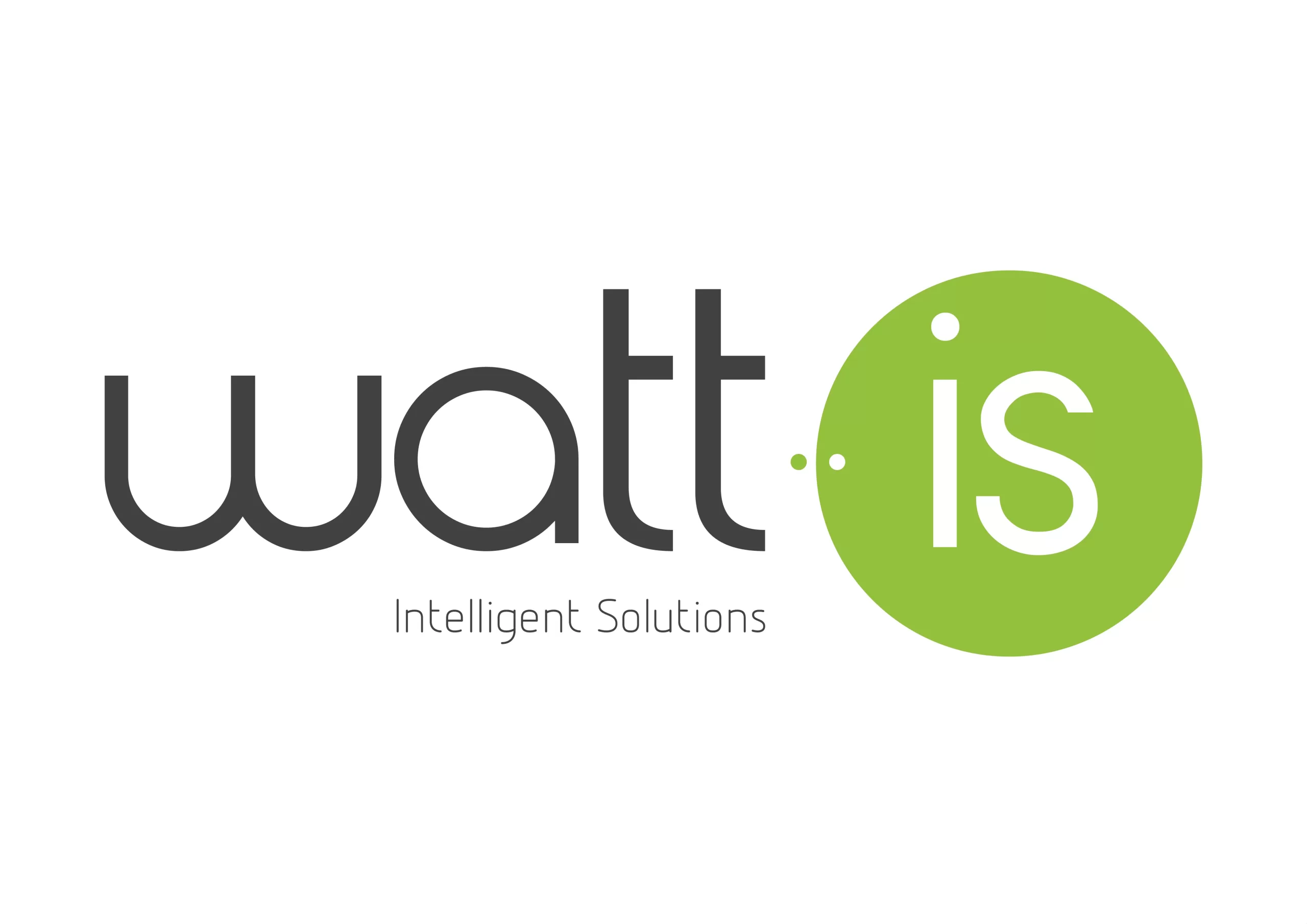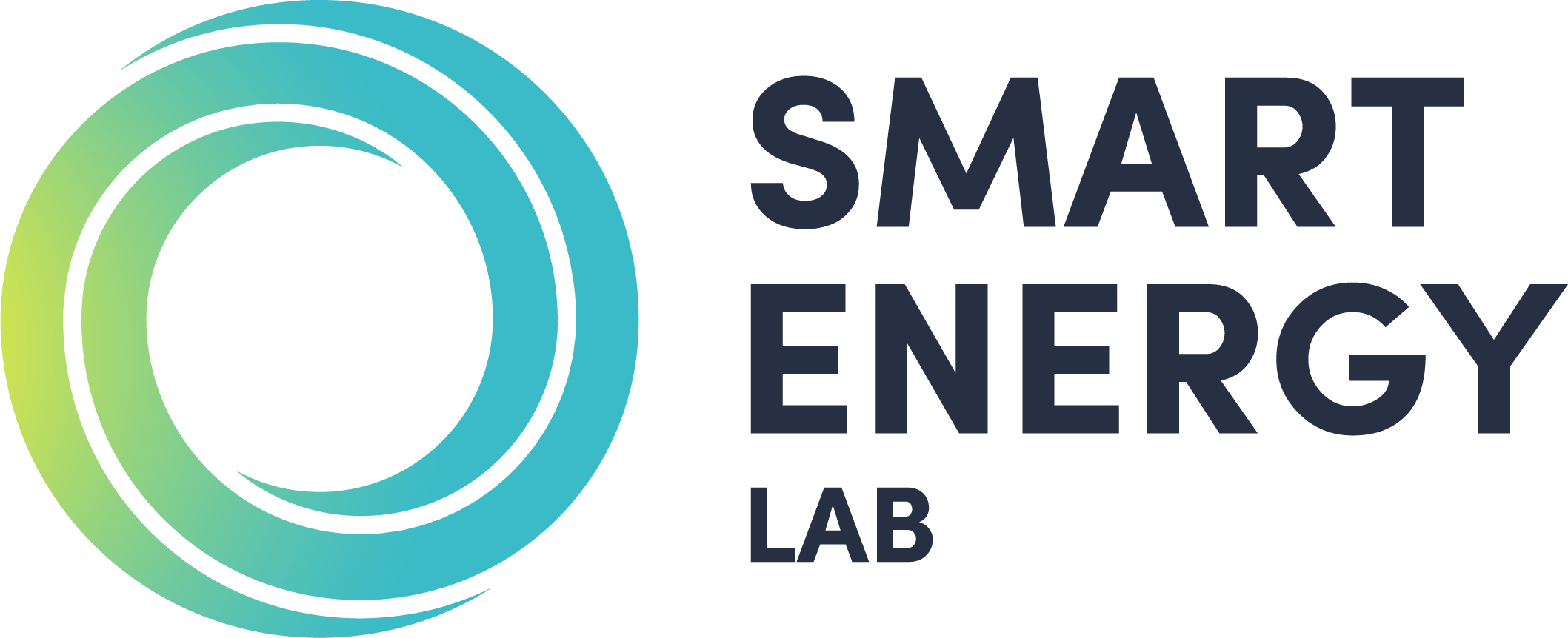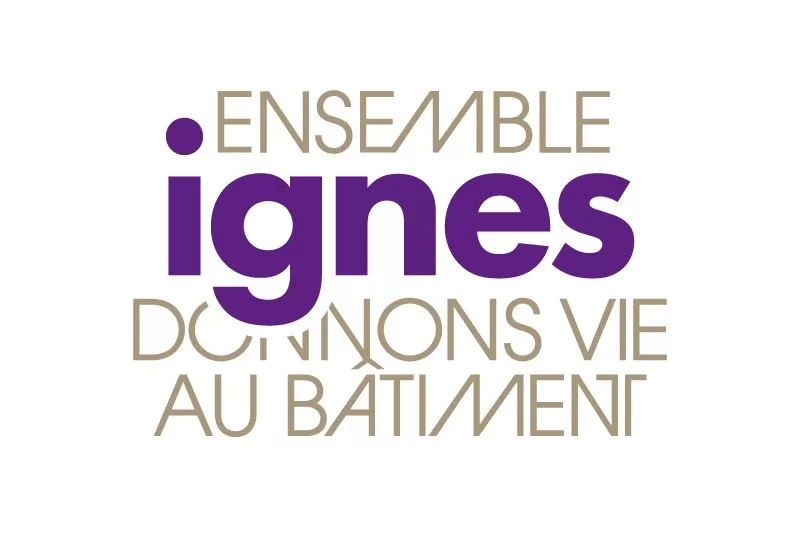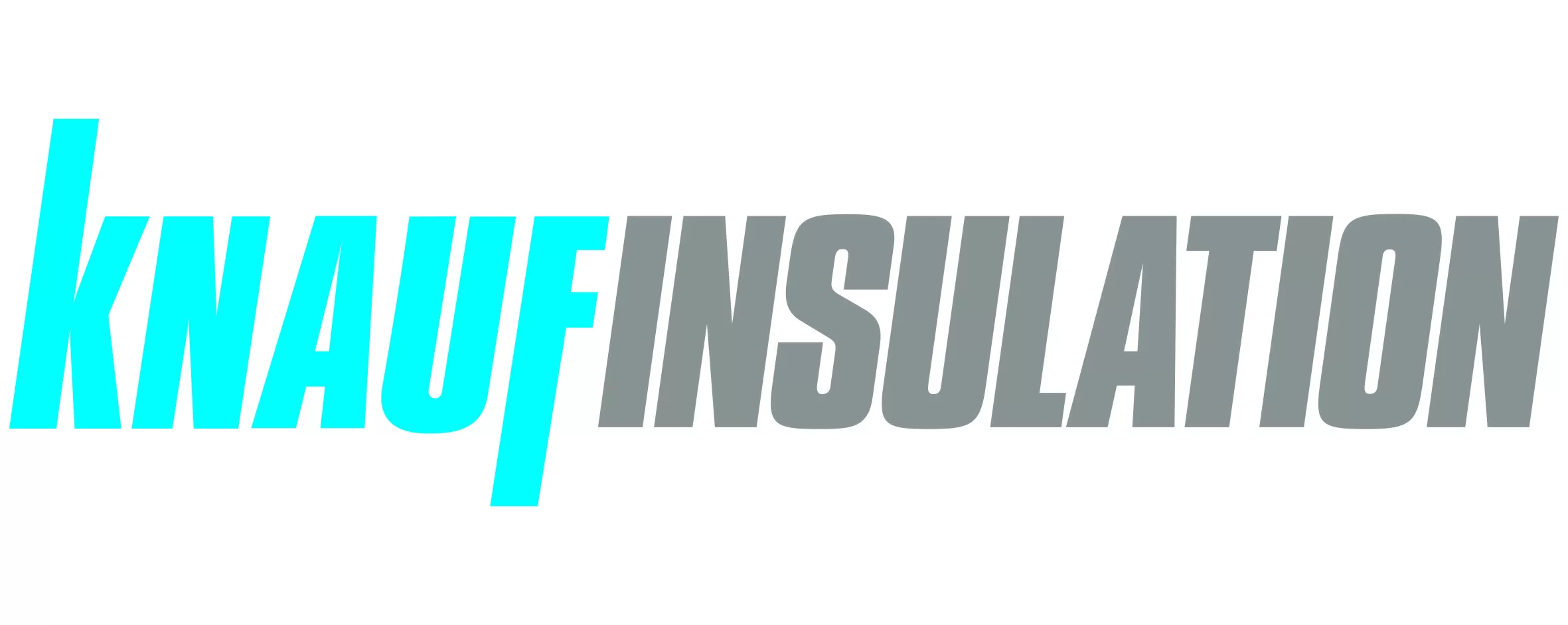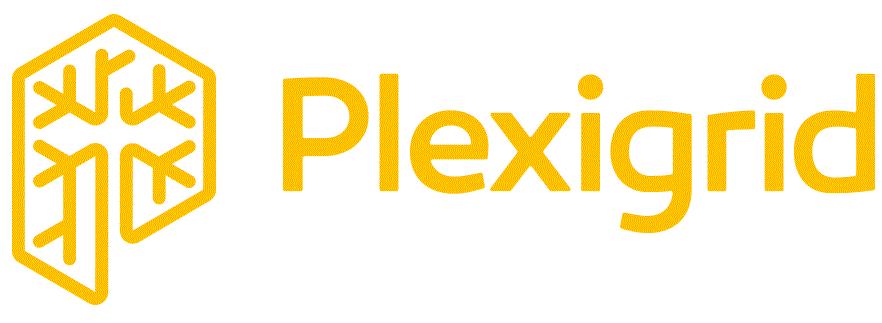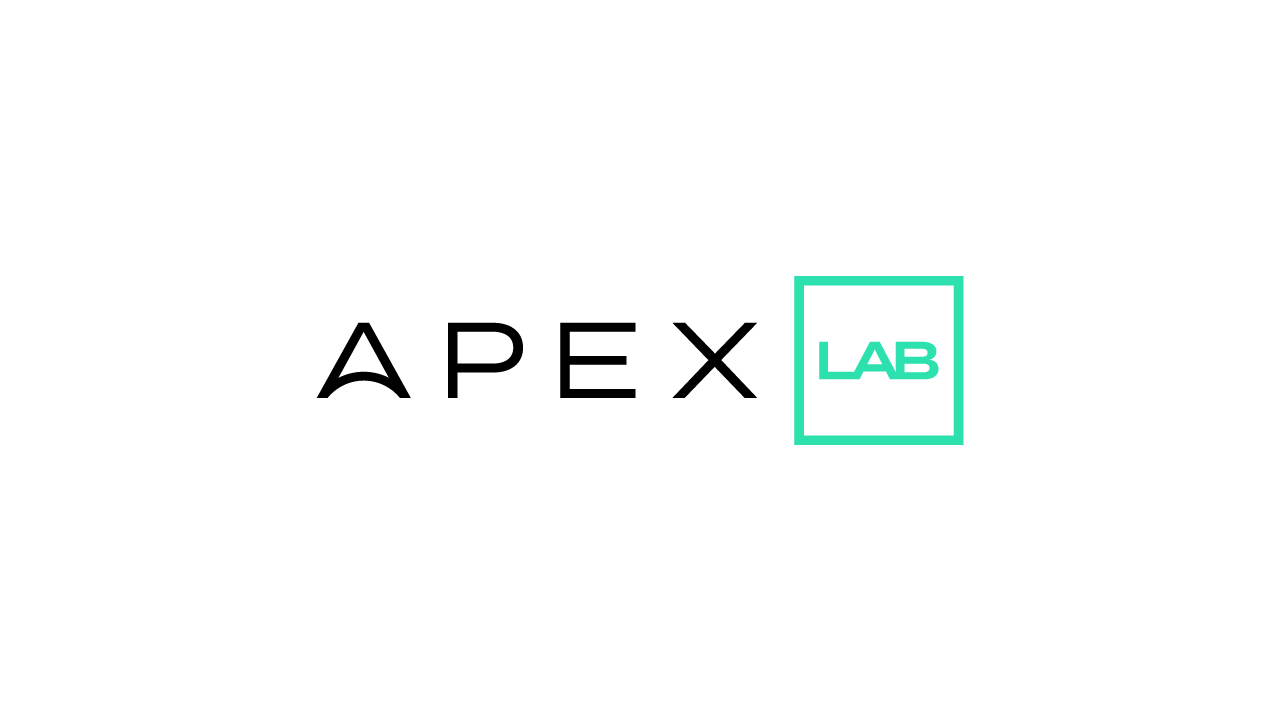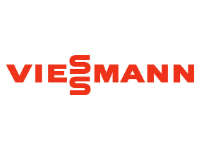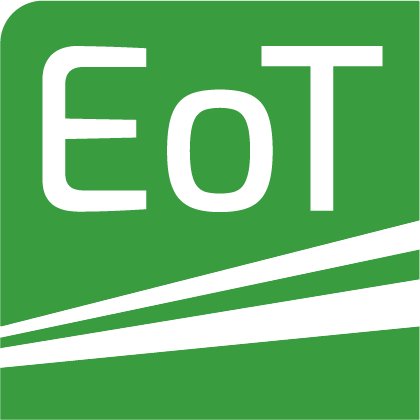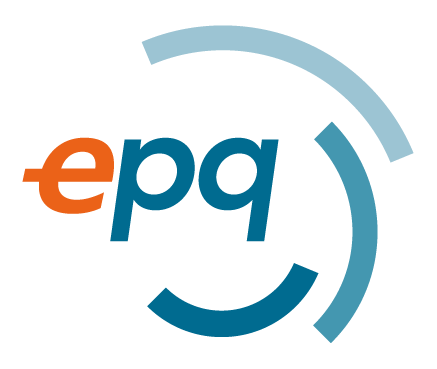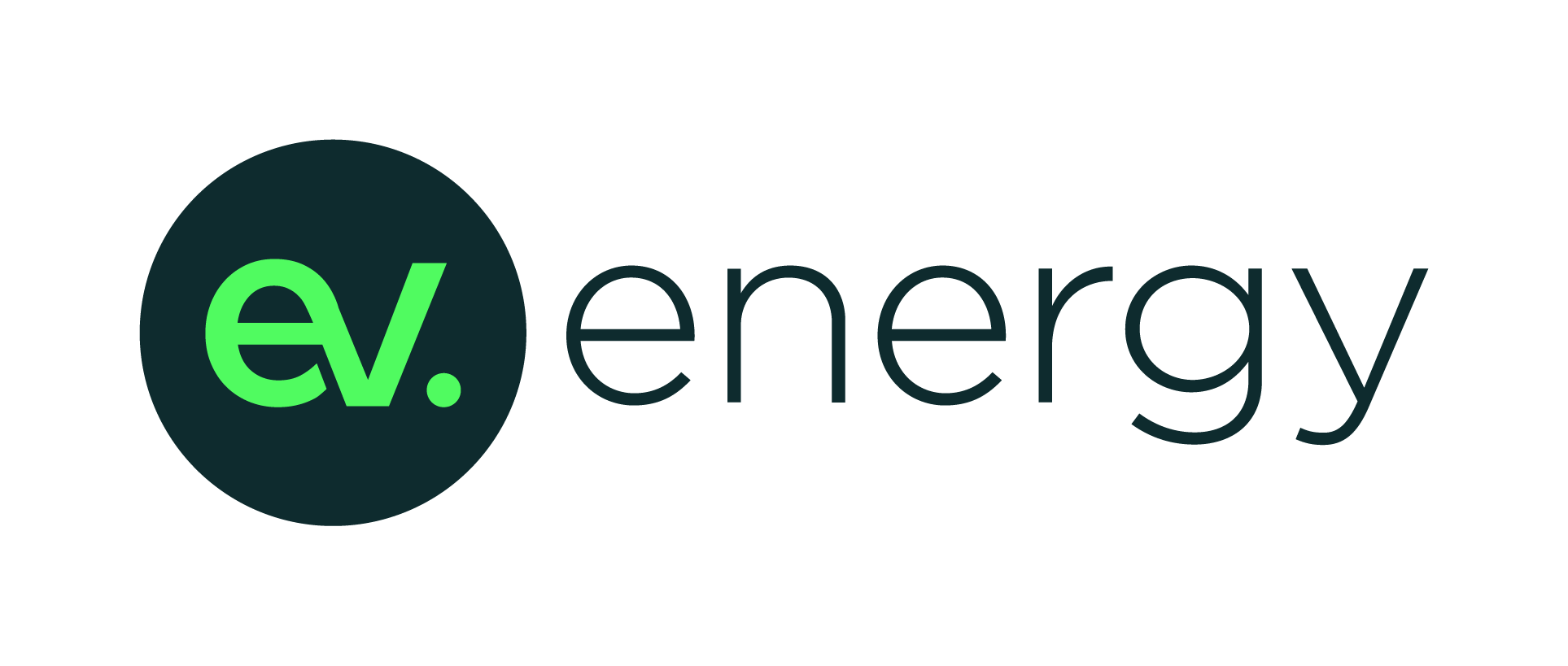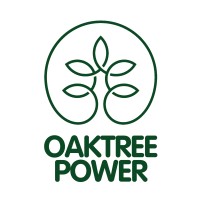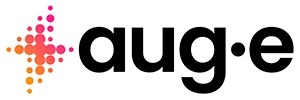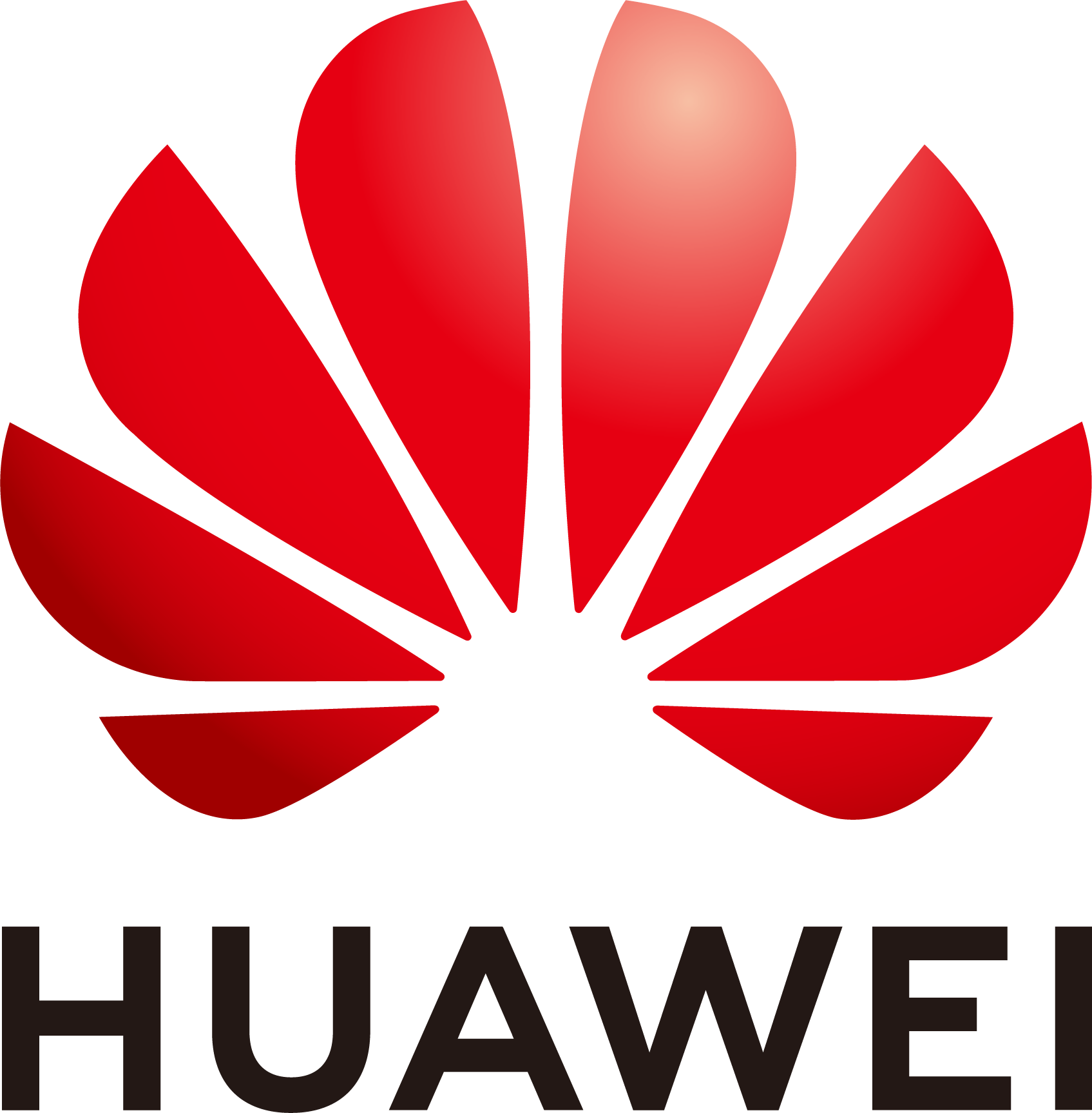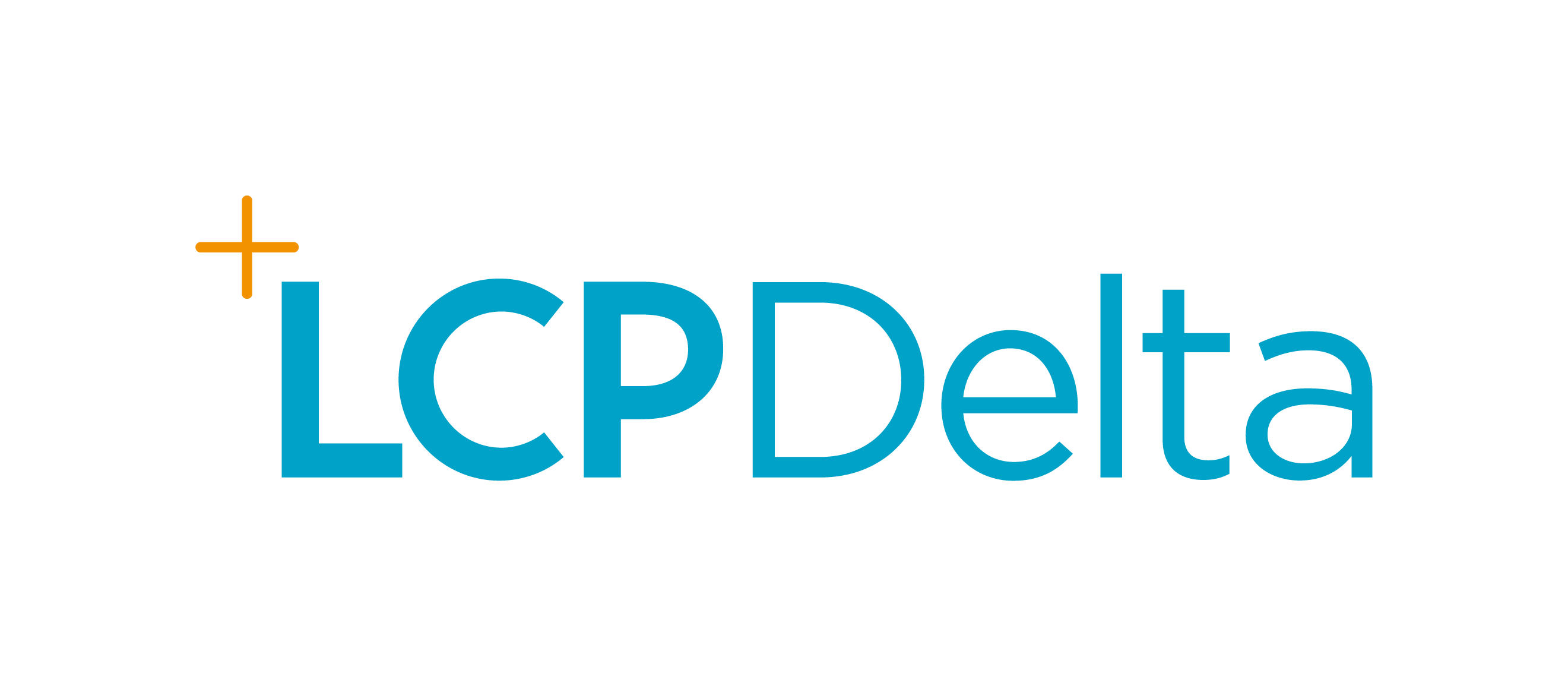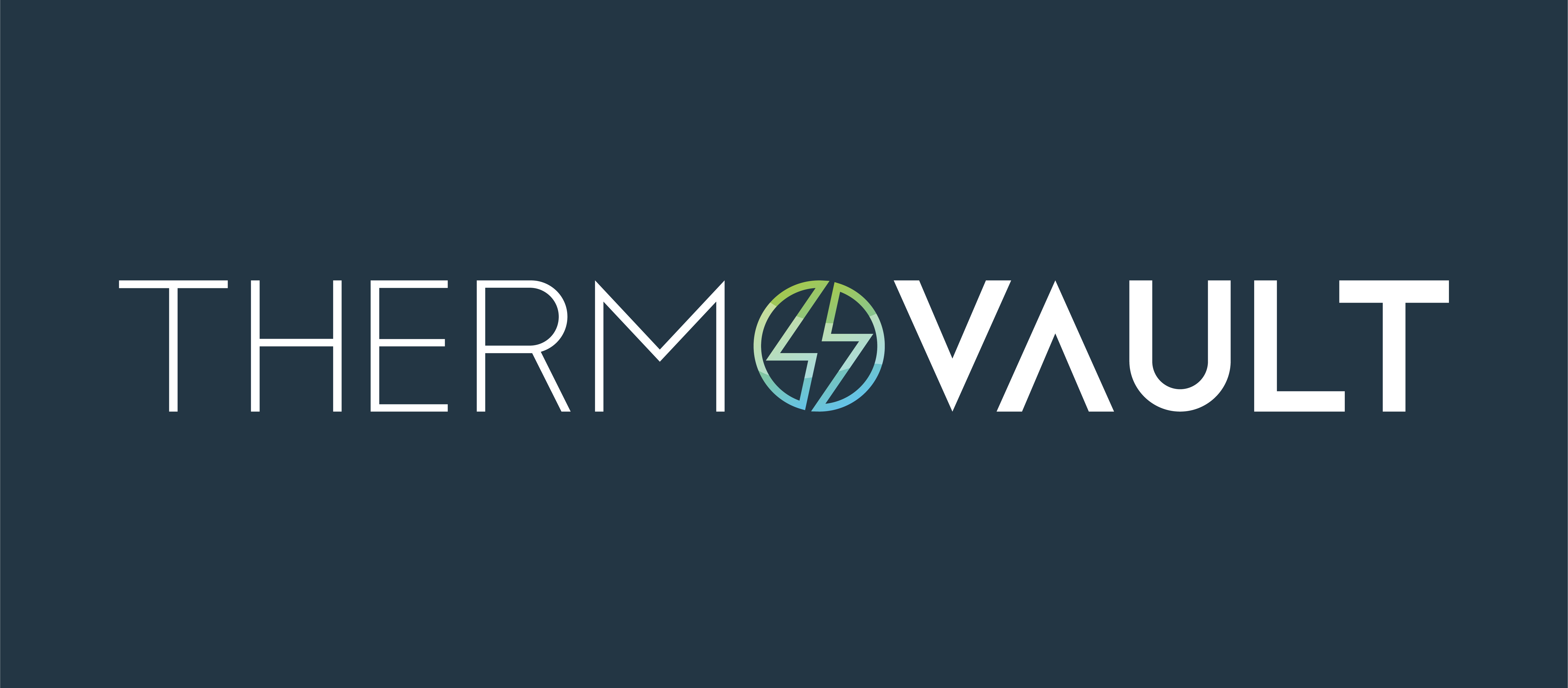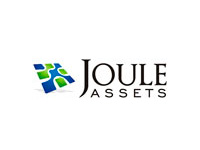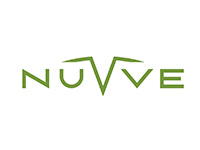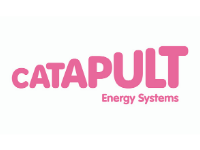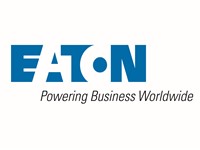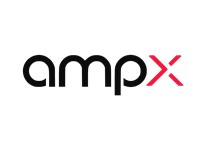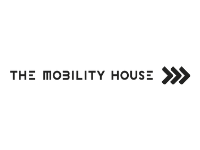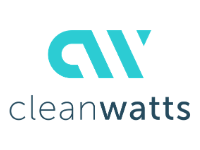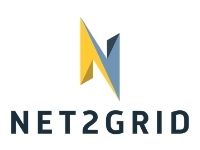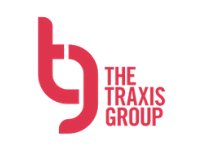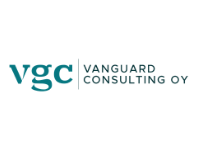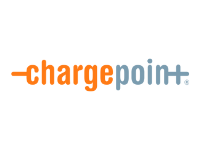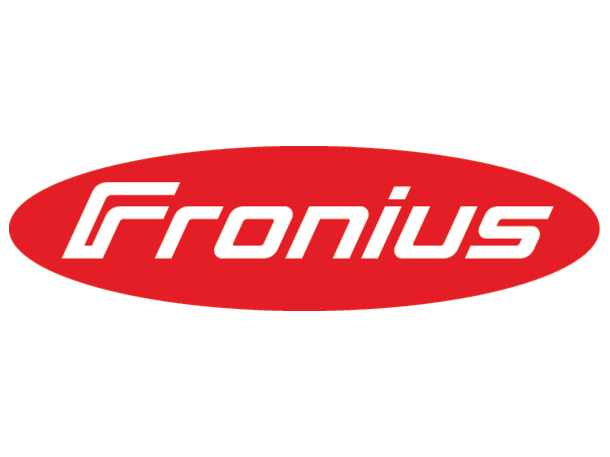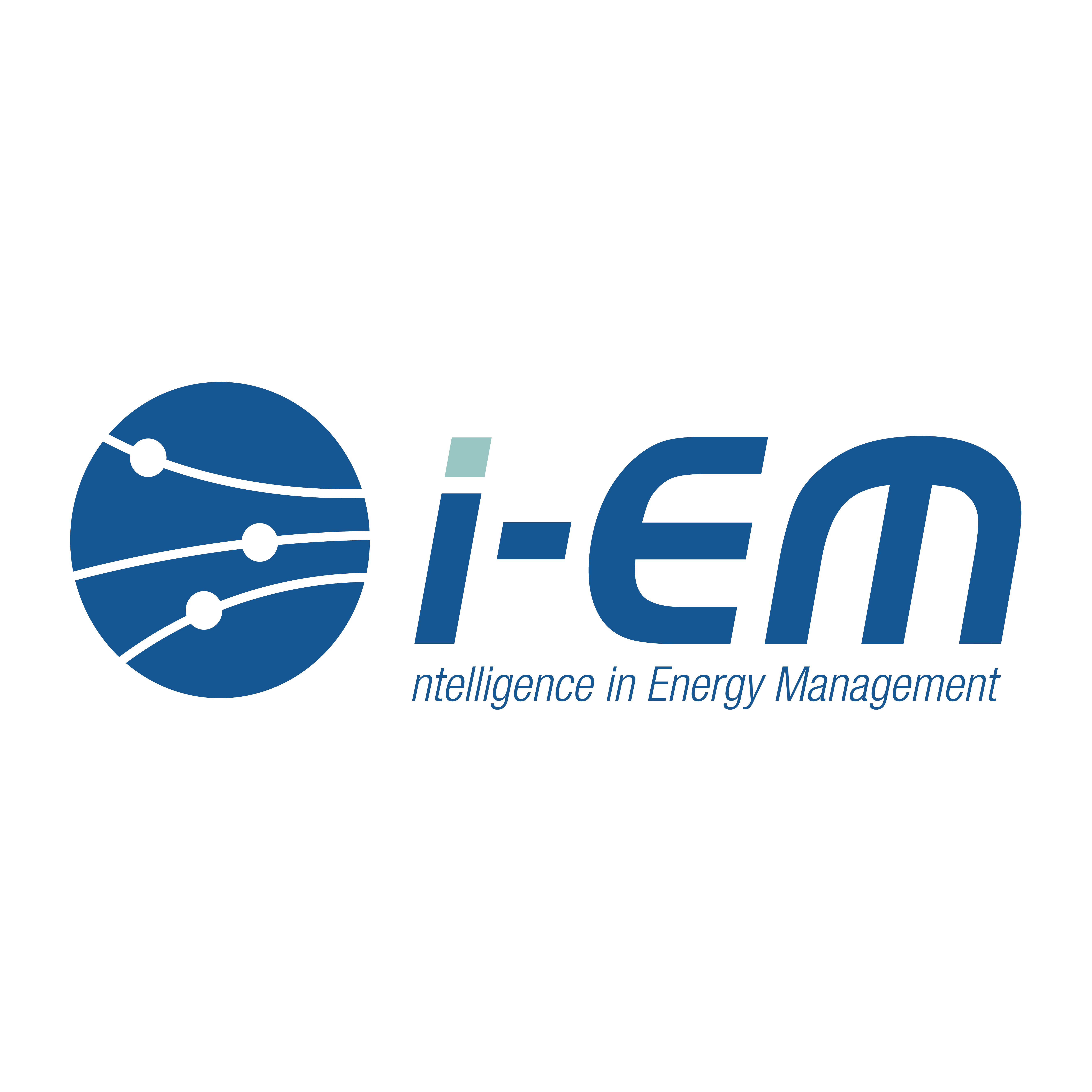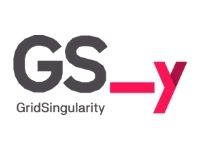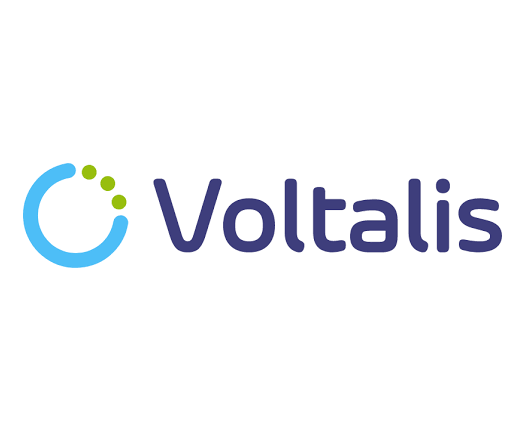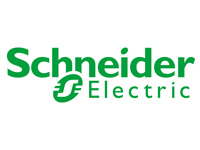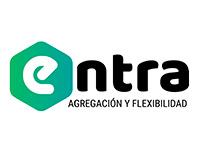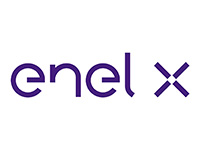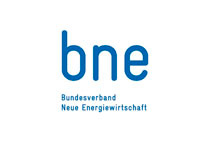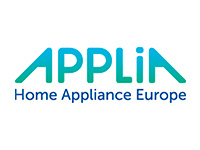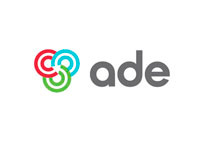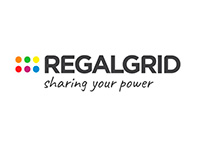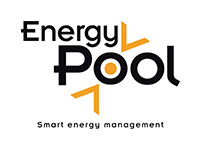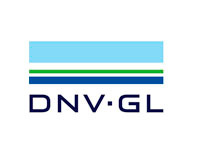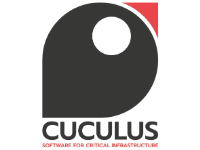Question: Are there messages about the Smart Grid that are being miscommunicated or overhyped in the media and need to be clarified?
Many people equate Smart Grid with smart metering. Because of this perception and influences from the policy and regulatory arenas, the predominant initial spending on Smart Grid focused on smart metering. But there is much more to Smart Grid than metering. Multiple market researchers now say that in two to three years, there is going to be a dramatic shift in the spending on Smart Grid that directs money away from smart metering and to the electric power distribution system. So the misunderstanding will go away, but it’s been pretty strong.
Question: Interoperability of Smart Grid components and systems is fundamental to the system’s success. The IEEE 2030 guide for interoperability of energy, communications and IT systems was approved in 2011. How important is this standard, and how far will it go to help the industry build a better, smarter grid?
Interoperability is perhaps the most critical key to the success of Smart Grid. This is because the Smart Grid is a system of systems that is built with components that are integrated into solutions. The components must interoperate for the solutions to work. It’s important to understand, however, that a standard can only define a certain level of detail for a technology. Compliance to a standard doesn’t necessarily ensure interoperability.
For example, I could have five components from five different vendors that all comply with the same industry standard, but when I try to integrate the components together, the products don’t talk to each other. The only way to achieve interoperability in industry standards groups is to get all the vendors for a particular standard together, connect all the products to make sure they can interoperate and flush out incompatibilities that occur. This is a separate step and it’s typically driven by the standards group involved.
IEEE 2030 will help people understand, first and foremost, that they need to comply with the right standard, whether the component will be used in an energy, communications or IT solution for Smart Grid. Secondly, IEEE 2030 will help people understand that there is a separate interoperability step to ensure that components used for specific Smart Grid solutions will be compatible with one another. A lot of people in the marketplace don’t have that understanding.
And there is a third step, actually, and that third step is performance testing. Companies also must conduct appropriate tests to validate the performance of their vendor-supplied products in steady state and high-activity state conditions.
Question: Could Smart Grid exist without those standards?
On a small scale, I think Smart Grid could exist without standards and proprietary implementation. But to realize the full potential of Smart Grid on a global scale, standards are a must. There is no way that the integration and interoperability of the technologies will be able to evolve without standards.
Question: The development of the Smart Grid in any given market will be influenced by a host of economic, regulatory and other issues. What are the predominant issues in the United States, and how do you expect these to play out?
When developing Smart Grid and evaluating its progress, I like to think of it as a three-legged stool. The three legs are technology, standards and policy. If any leg is missing, it will topple over.
Many companies are working on the technology. We also have mechanisms in place, in the United States, particularly, for doing the right things with regard to standards. In my opinion, policy is the wild card right now.
In the U.S., policies affect Smart Grid at the state and federal levels. A utility may have one Smart Grid strategy at a high level but it will need different strategies to address policies in the different states it operates in. It’s extremely complicated.
Question: What policies does the industry need right now to help strengthen Smart Grid initiatives?
We’re putting every effort into working with the state public service commissions to pass legislation that supports policies such as decoupled rates that make it easier for utilities to implement Smart Grid. Utilities need decoupled rate structures so they don’t have to worry about losing revenues when they implement energy conservation and efficiency programs. It’s a big thing for each state to accomplish, however. Right now, fewer than 10 states allow decoupled rates.
The second thing we need to do is use regulatory policies to accelerate depreciation, so that utilities can make a stronger business case for investing in Smart Grid technologies and services.
A third policy that can be implemented at the state level is dynamic pricing. This will facilitate demand response programs,which give consumers information and tools to manage their own energy use. These approaches can save a consumer 15 percent per month on their electricity bill.
These are examples of state-supported policies. As you can see, we could have really good technology and all the industry standards we need, but if the needed policies are missing the utilities will not make an investment in these beneficial innovations.
At the federal level, policies are being considered to offer tax incentives for home energy management and to encourage investment in renewables like wind and solar by residential as well as commercial and industrial customers.
Question: What are some of the most common Smart Grid questions you hear from your clients or constituents that reveal issues of high concern in the industry today?
One of the issues I’ve been asked about is privacy of information and what’s being done with technology and solutions to protect people’s information related to their billings, energy services and use. Utilities are developing and deploying solutions for this but privacy is something the industry, overall, needs to pay attention to and actually implement.
A second key issue involves industry standards. Utilities may want to go ahead and implement a lot of Smart Grid technology, yet for some areas of the technology the industry standards aren’t finished yet. Utilities and the states they serve want to know if the utilities are putting themselves at risk by implementing technology before all the standards are finished. That’s a common question.
Question: If readers are interested in getting involved to help advance deployment and acceptance of the Smart Grid, what types of roles or programs could benefit from more participation?
Participants from more than 160 countries across Asia, India and Europe are participating in the standards development arena. This level of participation allows IEEE Standards to make use of input from the many different regions of the world. It also provides for a global consensus building process and greater market acceptance of global standards.
Question: Does the IEEE Standards Association work with other standards development organizations on an international basis for Smart Grid?
Where we need the most help now is on the consumer side of Smart Grid. A little over a year ago we formed a Smart Grid Consumer Collaborative, SGCC, and we have 70 organizations as members so far. One of the biggest benefits is that we’ve had an opportunity to look at 60 research reports from around the world that address consumer issues. We’ve distilled all that information and presented it in a report that we issued in February 2011, called “2011 State of the Consumer Report.” The report provides a really good foundation of knowledge about what’s happened around the world so far to engage consumers in Smart Grid, what is left to be done, and what lessons we have learned from the deployments to date.
We’re always looking for new members and particularly different perspectives. We have members from consumer advocacy groups in the different states and large consumer-focused companies like Best Buy. More utilities could be involved and actively participate.
Question: How important are the initial years in the evolution to Smart Grid?
I want to make sure that as an industry we’re thinking things through before we act, because one stumble will take ten positives to neutralize. We must get all our ducks in a row and really do the best we can before we begin to deploy Smart Grid technology.
Before utilities deploy smart meters they should educate customers to ensure they understand the technology, the value that they’re being provided, and the additional services available to them. Utilities should make sure all of their customers’ questions are answered before the technology is deployed. We’ve seen resistance to smart meters deployed by several companies. These companies were all pioneers at the beginning, plowing the fields for the rest of us. We need to take all the information that we’ve learned to date and really work hard to implement Smart Grid well. As an industry, we should strive to do everything we can to be positive and do the right thing.
http://smartgrid.ieee.org/questions-and-answers/494-interview-with-john-mcdonald
You can also read the article in Russian on smartgrid.ru
(Comments from SEDC Executive Director Jessica Stromback)
John McDonald makes important points on requirements for successful Smart Grid development – stating that they are dependent on a ‘three legged stool’ of technology, standards and policy. However I would suggest that the ‘point’ of Smart Grids is not technological but rather the programs they enable which benefit consumers, the environment and lower costs. I would therefor turn Mr. McDonald’s ‘three legged stool’ into a ‘four legged chair‘: technology, standards and policy and markets. The structure of the energy markets are central, they must be open to consumer participation and they must be designed to pay and encourage that participation. This means equal treatment of demand within the markets and fully valuing what consumers can offer best – consumption flexibility. Open markets enable demand response, and aggregated demand response pumps the billions of dollars that are currently spent on peaking plants and fuel, back into local business and back into further Smart Grid development.
As Mr. McDonald comments, consumers are the key-stone in this rollout, without their acceptance and without their active participation, Smart Grids will never be fully utilized and therefor will never fulfill their potential. Our ‘four legged chair’ therefore has to be designed for people to use.
We tend to think of Smart Grids as high tech and advanced – they are – but like household furniture, if they don’t give us what we need, we might as well spend our money on something else.
Jessica Stromback
Chairman VaasaETT
Executive Director
Smart Energy Demand Coalition
